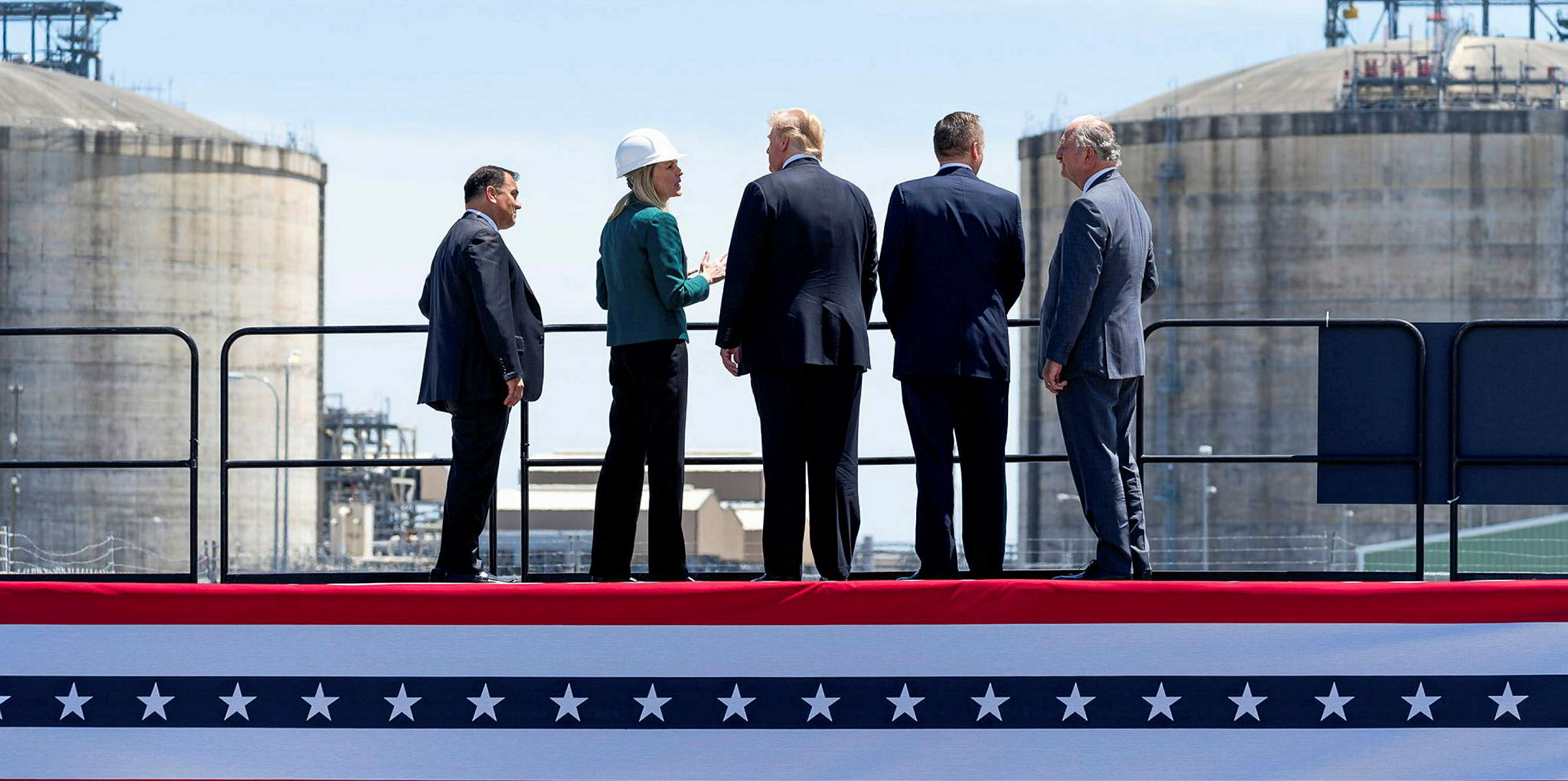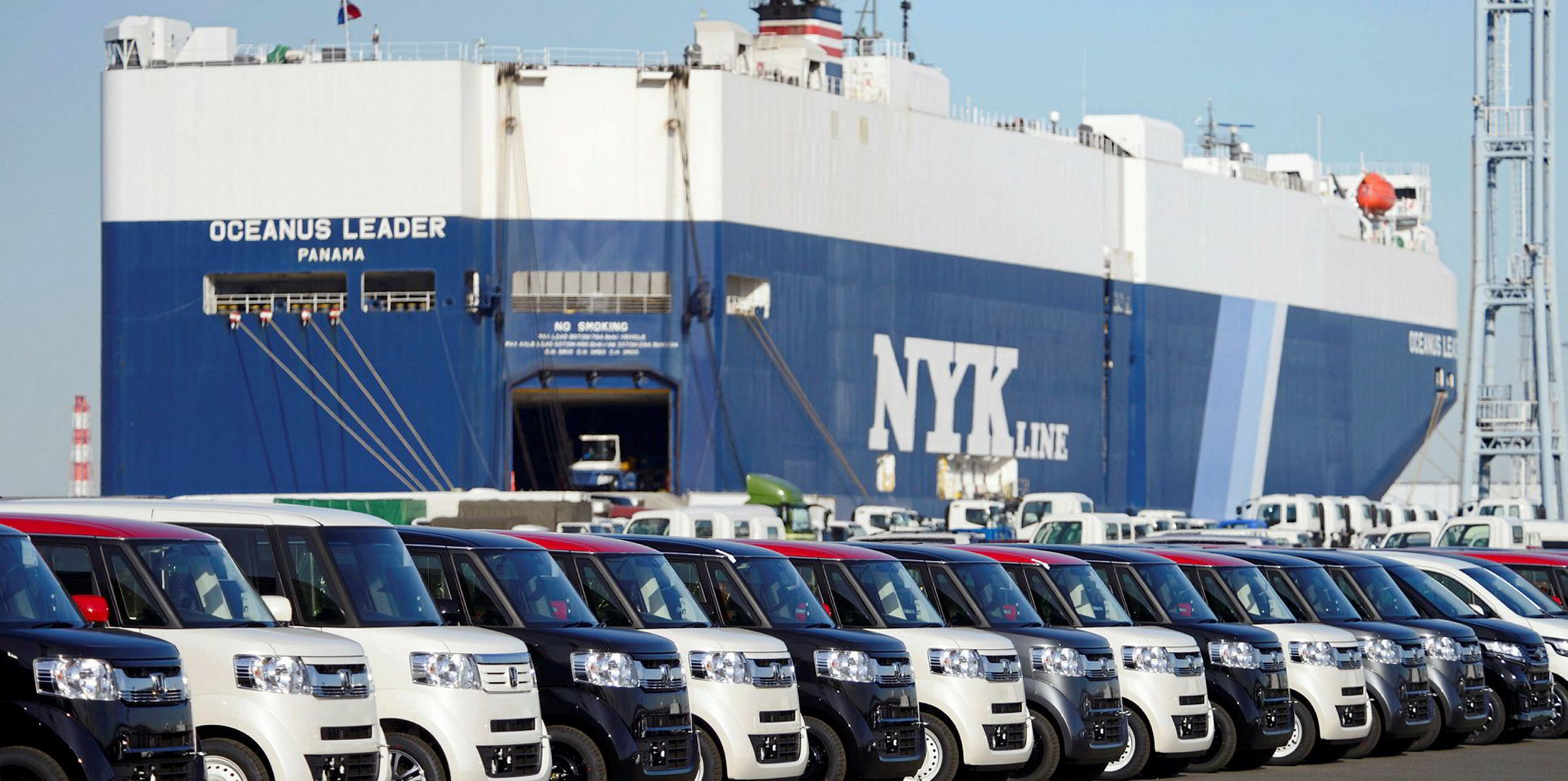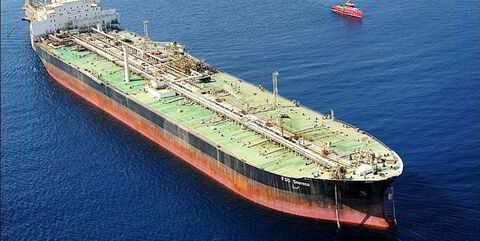The latest tariff war initiated by US president Donald Trump could provide a lift to tanker tonne-miles at a time when VLCC rates are sluggish amid limited pre-summer trading.
With the US set to impose a 5% tariff on all Mexican imports from 10 June, some analysts predicted that refineries in the US Gulf will turn to Middle Eastern or South American crude while Mexico needs to find more buyers of its crude in Asia.
“The tariff is so large that it means US refiners will pay up for more expensive barrels from places such as the Middle East than eat the cost,” ClipperData’s director of commodity research Matt Smith told TradeWinds.
The US is the top buyer of Mexican crude, with government data showing average import volumes generally above 600,000 barrels per day in recent years.
VesselsValue recorded 171 dirty tanker shipments from Mexico to the US in the first five months of this year, including 164 aframaxes and seven panamaxes.
“As the US seeks other alternatives following the tariffs, Mexican oil may find its way to the Far East,” Clarksons Platou said in a note.
“Asian refiners [are] already importing more Mexican grades as US sanctions on Iranian and Venezuelan crudes have caused a supply squeeze in the region.”
“This will likely have a very positive effect on tonne-miles for tankers.”
Crude movements between the US Gulf, Middle East and Asia are expected to take place on VLCCs, whose earnings are hovering slightly above year-to-date lows amid oversupply.
“The freight rates are pretty low already. I think there is limited downside as owners are already struggling to make any profit with the current market conditions,” said a Chinese tanker operator.
“The only direction for the market is probably up for the moment,” said a Asian charterer.
Possible escalation
The White House has warned that the tariff will be increased to 15% on 1 August, 20% on 1 September and 25% on 1 October if Mexico cannot stop illegal immigrants from entering the US.
The tough rhetoric has prompted speculation that Mexico will soon retaliate against imports from the US, potentially adding to tonne miles of product, LPG and LNG carriers by forcing US producers to find buyers farther afield.
According to the Energy Information Administration, the US exported 189 million barrels of gasoline, 109 million barrels of distillates, 51.1 million barrels of LPG, and 183 billion cubic feet of LNG to Mexico in 2018.
“Mexico is the leading destination for both US gasoline and middle distillates, and one of the leading destinations for LNG…What is also interesting is whether Mexico reciprocates,” Smith said.
“For all the crude that Mexico sends the US, it gets just as much back in return in clean products.”






